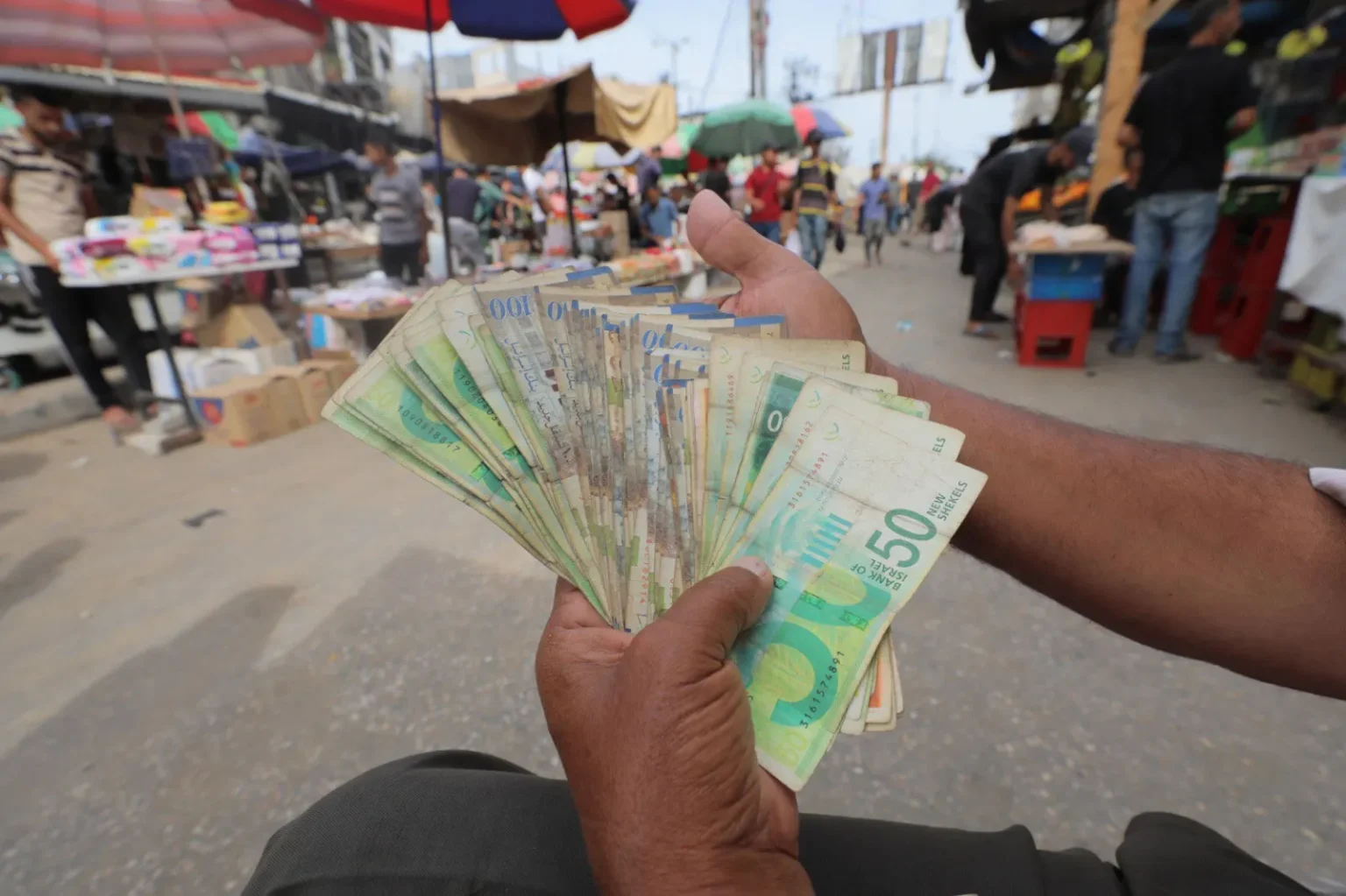In a significant development, for the first time in 18 years, residents in Gaza are openly protesting against Hamas, the ruling authority, despite facing severe repercussions for speaking out. As the conflict in the region continues, experts reveal that international aid flowing into Gaza may unintentionally strengthen Hamas’s grip on power, allowing the organization to manipulate aid distributions for its benefit. This report delves into the complex financial dynamics at play in Gaza and the implications for humanitarian efforts.
| Article Subheadings |
|---|
| 1) Protests Erupt Against Hamas Rule |
| 2) The Role of International Aid |
| 3) The Economic Impact of Aid Manipulation |
| 4) Alternatives to Cash Aid |
| 5) The Path Forward for Gaza |
Protests Erupt Against Hamas Rule
Recent protests in Gaza represent a historic shift as residents are voicing their dissent against Hamas, the governing authority since 2007. The protests come in response to widespread discontent with Hamas’s governance, marked by economic hardship and rampant corruption. “People have reached a breaking point,” notes social activist Shahab Yousef. The protests have been met with accusations from Hamas of betrayal, with protestors facing potential repercussions including detention and violence. This dissent poses a risk for Gazans, as protesting can lead to severe personal consequences in a region where dissent is often met with oppression.
The Role of International Aid
International aid is a critical lifeline for many families in Gaza, especially as the enclave struggles with high food insecurity and inflation rates. Organizations like the United Nations send approximately $39.66 million per month to help families struggling to meet basic needs. The World Food Programme and UNICEF collectively contribute significant funds, with each family receiving an average of $270 monthly. However, this influx of aid is complicated by the fact that many funds are misdirected or manipulated by Hamas. Expert Eyal Ofer emphasizes that the aid system has become an indirect means for Hamas to bolster its economic power, allowing the organization to exploit its position for financial gain.
The Economic Impact of Aid Manipulation
Many Gazans report that receiving aid has become fraught with challenges, including substantial fees to convert digital funds into cash. Local money changers, often connected to Hamas, impose fees ranging from 20% to 35% for this service. Resident Nidal Qawasmeh articulates the frustration felt by many, stating, “I just want to take care of my family, but everything costs me more because of this.” As a result, the intended financial assistance often fails to reach those most in need, exacerbating the already dire economic situation in Gaza. The impact of Hamas’s control over the cash flow not only affects personal finances but also undermines overall economic stability in the enclave.
Alternatives to Cash Aid
In response to the ongoing liquidity crisis and to avoid the pitfalls of cash manipulation by Hamas, agencies like UNICEF are exploring digital alternatives. The introduction of e-wallets for cash transfers has been implemented to streamline aid delivery. This innovative approach allows recipients to purchase essential goods without converting funds into cash, thereby avoiding significant fees. UNICEF representatives claim that this system adheres to the highest standards of neutrality and efficiency, ensuring that aid reaches those who need it without interference. However, the effectiveness of digital solutions amidst poor infrastructure and limited tech access in Gaza remains a challenge.
The Path Forward for Gaza
The ongoing complex interplay between aid, governance, and economic stability in Gaza raises profound questions about the future. As the protests against Hamas gain traction, the international community faces a moment of reckoning. Authorities and organizations must reconsider their strategies for providing aid. Local communities continue to cry out for transparency and fairness in the distribution of resources. A spokesperson for UNICEF stated, “The humanitarian cash transfer program is, simply put, keeping children alive in the midst of war.” This pressing need for immediate physical safety juxtaposes with the necessity for long-term solutions that do not empower militant organizations like Hamas.
| No. | Key Points |
|---|---|
| 1 | Protests against Hamas indicate growing dissatisfaction and a potential shift in public sentiment. |
| 2 | International aid plays a crucial role but is complicated by Hamas’s manipulation, impacting its efficacy. |
| 3 | Fees for cash conversion significantly lessen the impact of international aid on Gazan families. |
| 4 | Digital payment systems may offer a solution to circumvent cash manipulation in Gaza. |
| 5 | Long-term strategies that promote economic stability are essential for the future well-being of Gaza. |
Summary
The current landscape in Gaza reveals a myriad of challenges exacerbated by both governmental oppression and economic manipulation. The ongoing protests signify a turning tide among citizens fed up with the status quo. As international organizations strive to provide assistance, their efforts risk being undermined by local dynamics. Moving forward, the need for transparent, effective aid mechanisms is essential for improving the lives of Gaza’s residents, particularly the vulnerable populations such as children.
Frequently Asked Questions
Question: What are the main sources of international aid to Gaza?
International aid primarily comes from organizations such as UNICEF and the World Food Programme, which collectively distribute millions each month to support families in need.
Question: How does Hamas manipulate cash flow in Gaza?
Hamas uses its control over the aid distribution system to impose fees on cash conversions, ensuring it gains a financial advantage from the aid intended for residents.
Question: What initiatives are being implemented to improve aid distribution in Gaza?
UNICEF has started implementing digital cash transfers via e-wallets to bypass the traditional cash system, reducing the impact of conversion fees and increasing aid accessibility.



